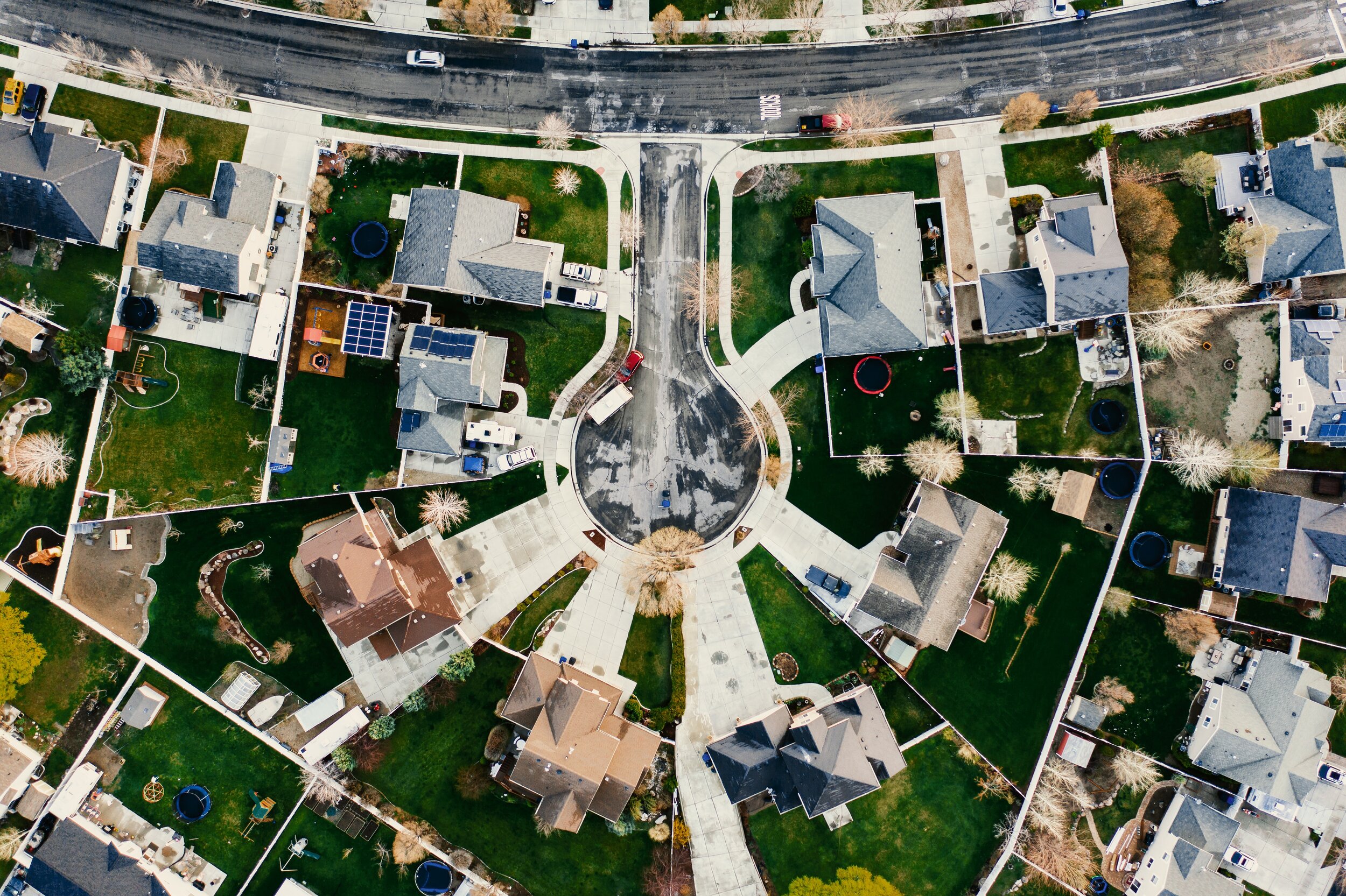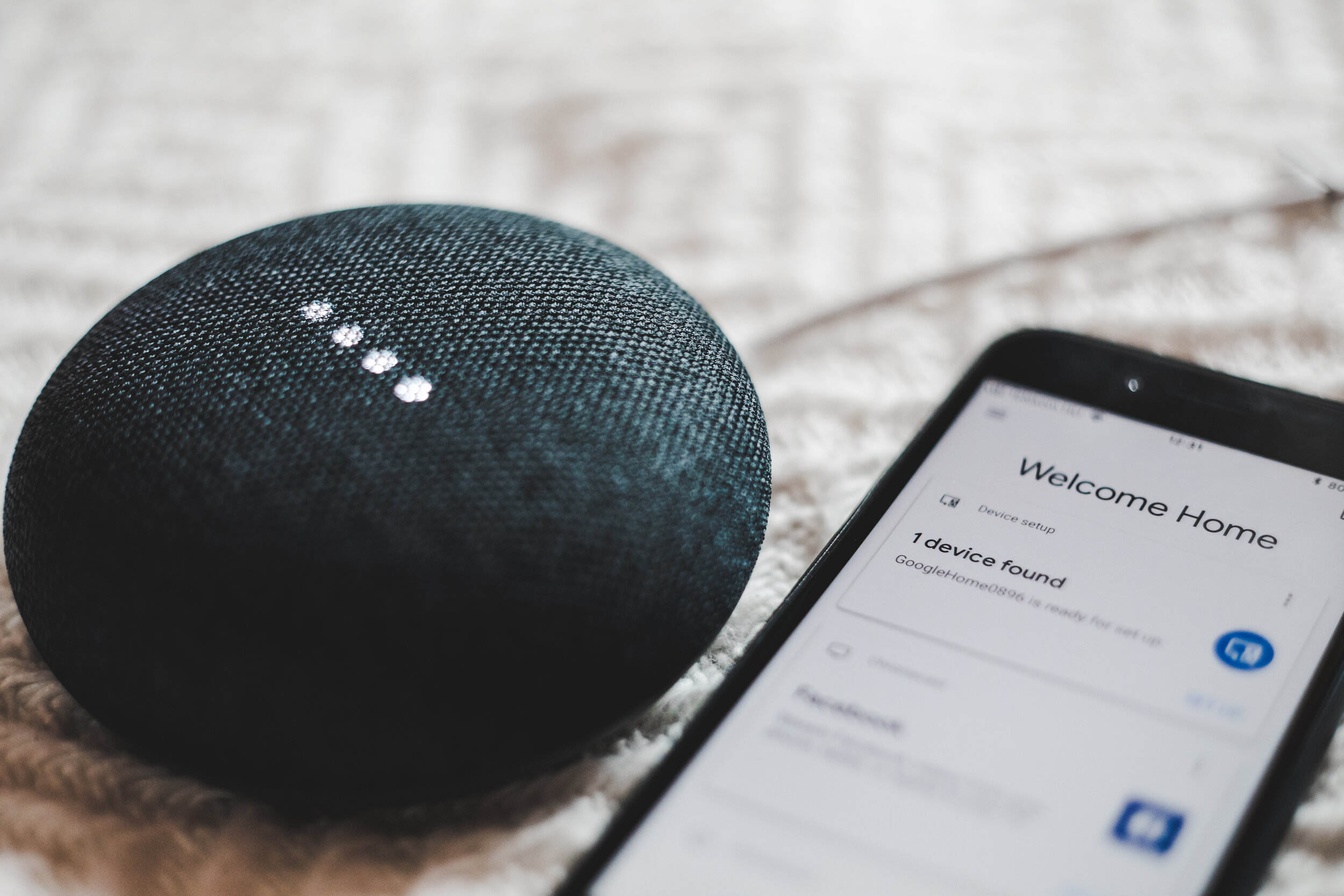With the arrival of 2021 comes new predictions for the year ahead. It goes without saying, New York City faced a very tough 2020 as a result of the Coronavirus pandemic. The real estate market came to a near halt of in-person showings and activity was ceased from March-late June.
While many Media Outlets wrote of the mass exodus to the Suburbs and a bleak state of the Luxury Market in New York, the market actually turned a corner once in-person activity resumed in late June. In fact, some weeks of 2020 had higher contract activity in luxury properties than 2019.
People will always need a place to call home, and we saw the power of that throughout much of 2020.
We are all entering 2021 with guarded, yet hopeful optimism that we will turn a corner towards normalcy. We expect the market to continue its Pandemic recovery, barring any unforeseen circumstances of a large resurgence of cases, etc. The arrival of the vaccine which is expected to become more widely available as we progress into 2021 should help curb another lockdown.
What Do We Expect for 2021? We largely expect persistent demand from Buyers as the narrative shifts away from “New York is Gone” to a narrative of opportunity and recovery. We’ve already seen that the story the Media tried to paint of NYC in a post-pandemic world was not the reality. Some folks that originally left the city have already returned or have plans to return in the near future. New Yorkers and those in the surrounding areas are betting on New York Real estate and taking advantage of discounts in a big way.
Fight of the Boroughs:
We anticipate the battle between top Borough in the city to remain heated in 2021. As a result of the Pandemic features like more space, outdoor space, and in-unit laundry became priorities. All of these features could be found in Brooklyn which help contribute to the borough’s post pandemic spike in activity, however, reduce pricing has made Manhattan more affordable to more people…which will win?
Buyers Will Continue their Return:
Buyers have been entering the market since the lockdown was lifted. We saw a strong uptick in market activity in June 2020 when in-person showings resumed. The year finished on a strong note, and we expect Buyers that are serious and know they are staying in New York City to take advantage. There are many factors that are driving Buyers including low interest rates as well as increased wealth. Many New Yorkers of means actually saw an increase in wealth during 2020 thanks to a sharp rise in Tech Stocks as well as the ability to retain employment remotely.
Low Rates Here to Stay:
We expect Mortgage Rates to stay low in 2021. Will they may inch up slightly throughout the course of 2021 (we saw numerous record lows set in 2020!), rates will remain historically at low levels. Low Rates have drastically been increasing purchasing power of both new Buyers and Homeowners looking to roll their equity into a larger home.
Deals on New Development:
The Manhattan Luxury Condo market has been overburdened with Supply for the past few years. While some Developers have been rolling out discounts and incentives in 2019/2020, we expect discounts on new inventory to uptick. Developers are at the mercy of project financing - they need to get units sold and move onto the next project so they can pay their lenders. This means great opportunities for Buyers of New Development.
Shifting Preferences:
What ranks as important to Buyers will likely shift as Consumers continue to evolve their needs and wants coming out of the pandemic. We know that the multi-functional homes are a must and people now prefer outdoor space to the latest appliances, but we expect that these preferences will continue to be refined heading into 2021. In New York, there is likely to be a resurgence with Boutique buildings with minimal amounts of units compared to large buildings with hundreds of homes.



































